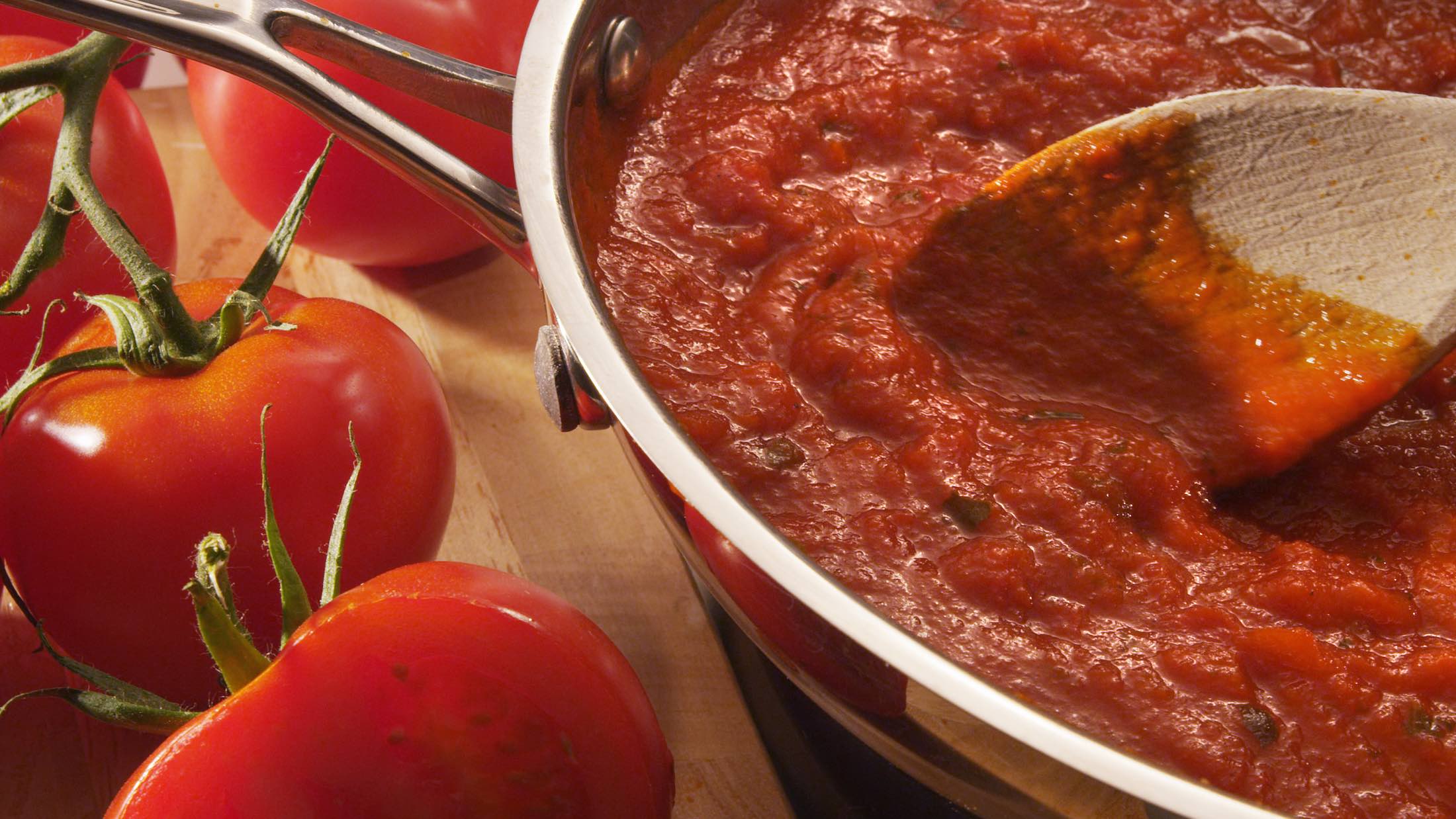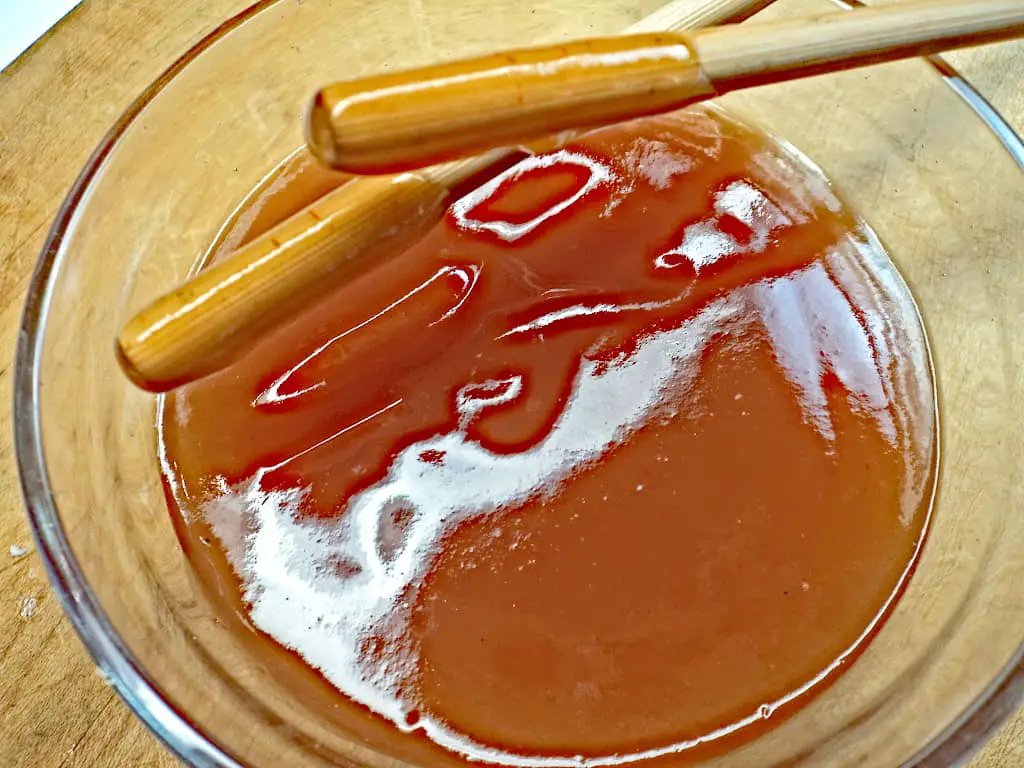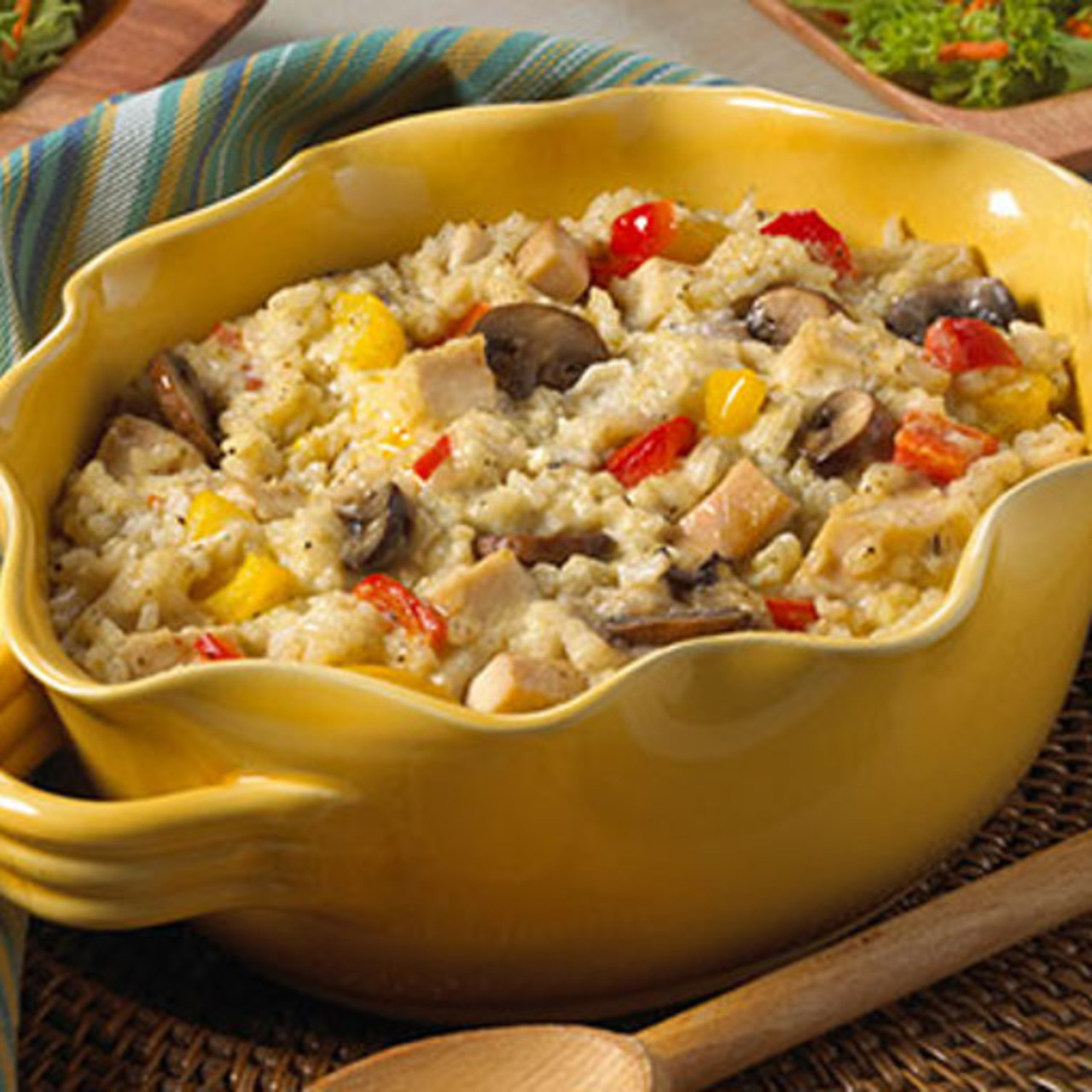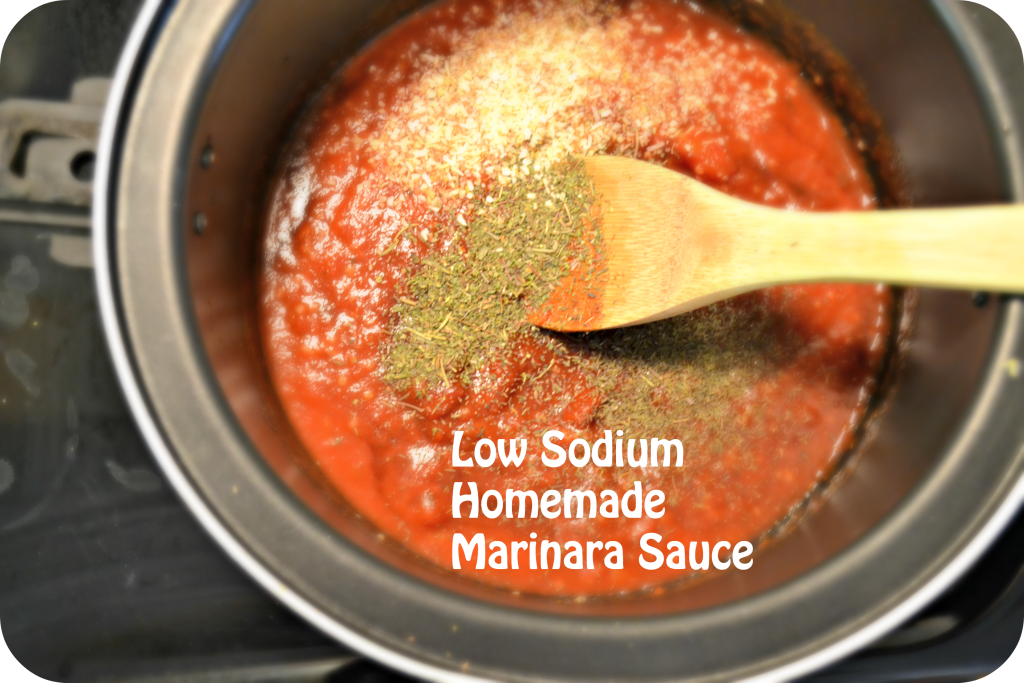Indulge in the culinary delight of low sodium sauces recipes, where taste and health harmonize effortlessly. Whether you’re a health enthusiast or simply seeking to reduce your sodium intake, these recipes will tantalize your taste buds while promoting your well-being.
Discover a world of sauces that burst with flavor without compromising your health. From zesty marinara to creamy Alfredo and herbaceous pesto, we’ll explore the diverse categories of low sodium sauces and guide you through creating them at home with ease.
Low Sodium Sauces: An Overview

Low sodium sauces are a great way to add flavor to your food without adding excessive amounts of sodium. Reducing sodium intake is essential for maintaining good health, as high sodium consumption can lead to high blood pressure, heart disease, and stroke.
Creating flavorful sauces with low sodium content can be challenging, as sodium is often used to enhance taste. However, there are many ways to create delicious sauces without relying on salt. Herbs, spices, and other seasonings can be used to add flavor, and low-sodium broths and stocks can be used as a base.
Prevalence of High Sodium Intake
According to the Centers for Disease Control and Prevention (CDC), the average American consumes approximately 3,400 milligrams of sodium per day, which is well above the recommended daily limit of 2,300 milligrams. This excessive sodium intake can lead to a number of health problems, including:
- High blood pressure
- Heart disease
- Stroke
- Kidney disease
- Osteoporosis
Types of Low Sodium Sauces

Low sodium sauces offer a flavorful alternative to traditional sauces, catering to individuals with dietary restrictions or those seeking healthier options. These sauces come in various categories, each with its unique taste profile and culinary applications.
From tangy tomato-based sauces to creamy sauces and refreshing vinaigrettes, there’s a low sodium sauce to complement any dish.
Tomato-Based Sauces
Tomato-based sauces are a versatile choice, providing a rich and flavorful base for pasta, pizza, and other dishes. Low sodium versions retain the tangy sweetness of tomatoes while minimizing the salt content.
- Marinara Sauce: A classic tomato sauce made with crushed tomatoes, herbs, and spices.
- Arrabbiata Sauce: A spicy tomato sauce with red pepper flakes and garlic.
- Puttanesca Sauce: A flavorful sauce with olives, capers, and anchovies.
Cream-Based Sauces
Cream-based sauces add a creamy richness to dishes. Low sodium versions use low-fat milk or cream and herbs to create a flavorful sauce without excessive salt.
- Alfredo Sauce: A classic cream sauce made with butter, cream, and Parmesan cheese.
- Béchamel Sauce: A white sauce made with butter, flour, and milk, often used in lasagnas and gratins.
- Mornay Sauce: A cheese sauce made by adding grated cheese to a béchamel sauce.
Vinaigrettes
Vinaigrettes are light and tangy dressings made with vinegar, oil, and herbs. Low sodium versions use low-sodium vinegar and herbs to create a flavorful dressing without the saltiness.
- Classic Vinaigrette: A simple dressing made with red wine vinegar, olive oil, and Dijon mustard.
- Balsamic Vinaigrette: A sweet and tangy dressing made with balsamic vinegar, olive oil, and honey.
- Lemon-Herb Vinaigrette: A refreshing dressing made with lemon juice, olive oil, and fresh herbs.
Creating Low Sodium Sauces at Home

Creating low sodium sauces at home is a great way to control the amount of sodium in your diet and enjoy flavorful meals. Here’s a step-by-step guide to help you get started:
Selecting Low Sodium Ingredients
When selecting ingredients for your low sodium sauces, opt for low sodium or unsalted options. Read food labels carefully and choose products with the lowest sodium content. You can also use homemade stocks or broths instead of store-bought ones, as they typically contain less sodium.
Using Herbs and Spices to Enhance Flavor
Herbs and spices are a great way to add flavor to your sauces without adding sodium. Experiment with different combinations to find what you like best. Some popular herbs and spices for sauces include basil, oregano, thyme, rosemary, garlic, and onion powder.
Recipes for Different Types of Low Sodium Sauces
Here are a few recipes for different types of low sodium sauces:
Marinara Sauce
- 1 tablespoon olive oil
- 1 onion, chopped
- 2 cloves garlic, minced
- 1 (28-ounce) can crushed tomatoes
- 1 teaspoon dried oregano
- 1 teaspoon dried basil
- Salt and pepper to taste
Heat the olive oil in a large saucepan over medium heat. Add the onion and cook until softened. Add the garlic and cook for 1 minute more. Stir in the crushed tomatoes, oregano, basil, salt, and pepper. Bring to a simmer and cook for 20 minutes, or until the sauce has thickened.
Alfredo Sauce
- 2 tablespoons butter
- 2 tablespoons all-purpose flour
- 2 cups milk
- 1/2 cup grated Parmesan cheese
- Salt and pepper to taste
Melt the butter in a medium saucepan over medium heat. Whisk in the flour and cook for 1 minute. Gradually whisk in the milk until smooth. Bring to a simmer and cook for 5 minutes, or until the sauce has thickened. Stir in the Parmesan cheese, salt, and pepper. Cook for 1 minute more, or until the cheese is melted.
Pesto Sauce
- 1 cup fresh basil leaves
- 1/2 cup olive oil
- 1/2 cup grated Parmesan cheese
- 1/4 cup pine nuts
- 2 cloves garlic
- Salt and pepper to taste
Combine all of the ingredients in a food processor and pulse until smooth. Season with salt and pepper to taste.
Using Low Sodium Sauces in Cooking: Low Sodium Sauces Recipes

Incorporating low sodium sauces into your cooking is a simple yet effective way to add flavor and reduce sodium intake. These sauces can be used as marinades, dipping sauces, or finishing sauces to enhance the taste of various dishes.
Low sodium sauces are versatile and can be paired with a wide range of ingredients. They can add a burst of flavor to grilled meats, roasted vegetables, and pasta dishes. By using low sodium sauces, you can enjoy delicious and flavorful meals without compromising your health.
Recipes Using Low Sodium Sauces
- Grilled Salmon with Lemon-Herb Sauce: This recipe uses a simple low sodium sauce made with lemon juice, olive oil, herbs, and garlic. The sauce is brushed on the salmon before grilling, infusing it with a bright and herbaceous flavor.
- Roasted Vegetables with Balsamic Glaze: A balsamic glaze is a sweet and tangy sauce that is perfect for drizzling over roasted vegetables. To make the glaze, simply reduce balsamic vinegar in a saucepan until it thickens. You can add a touch of honey or maple syrup to balance the acidity.
- Pasta with Marinara Sauce: Marinara sauce is a classic Italian sauce that can be made with low sodium ingredients. Use canned tomatoes with no added salt, and add fresh herbs and spices to taste. This sauce is perfect for tossing with your favorite pasta.
Health Benefits of Low Sodium Sauces

Consuming low sodium sauces offers numerous health benefits, primarily by reducing sodium intake. Excessive sodium consumption has been linked to various health concerns, including high blood pressure and heart disease.
Looking for ways to spice up your dishes without adding too much sodium? Check out these low sodium sauce recipes . With a variety of flavors to choose from, you’re sure to find the perfect sauce to complement your next meal.
So what are you waiting for? Start cooking today!
Lowering Blood Pressure
High sodium intake can elevate blood pressure, increasing the risk of hypertension. Reducing sodium intake through low sodium sauces can help lower blood pressure, reducing the strain on the heart and blood vessels.
A study published in the journal Hypertension found that reducing sodium intake by 1,000 mg per day resulted in a significant reduction in blood pressure in individuals with high blood pressure.
Improving Heart Health
High blood pressure is a major risk factor for heart disease. By lowering blood pressure, low sodium sauces can contribute to improved heart health.
A study published in the American Journal of Clinical Nutrition found that reducing sodium intake by 2,000 mg per day reduced the risk of heart disease by 20%.
Preventing Other Health Issues
Excessive sodium intake has also been linked to other health issues, such as stroke, kidney disease, and osteoporosis. Reducing sodium intake through low sodium sauces can help prevent or reduce the risk of these conditions.
A study published in the Journal of the American Society of Nephrology found that reducing sodium intake by 2,000 mg per day slowed the progression of kidney disease in individuals with chronic kidney disease.
Low Sodium Sauces for Special Diets

Low sodium sauces are essential for individuals with special dietary needs, such as those with hypertension or kidney disease. By reducing sodium intake, these sauces can help manage blood pressure, reduce fluid retention, and protect kidney function.
To create low sodium sauces for special diets, it is important to use low-sodium ingredients and avoid adding additional salt. Here are some recipes and tips for creating low sodium sauces that meet specific dietary requirements:
Hypertension
- Use low-sodium vegetable broth or water as the base of the sauce.
- Add flavor with herbs, spices, and low-sodium soy sauce or tamari.
- Avoid using high-sodium ingredients such as canned soups, regular soy sauce, or bouillon cubes.
Kidney Disease, Low sodium sauces recipes
- Use low-sodium vegetable broth or water as the base of the sauce.
- Limit the use of potassium-rich ingredients, such as tomatoes, potatoes, and spinach.
- Avoid using high-sodium ingredients such as canned soups, regular soy sauce, or bouillon cubes.
Final Thoughts

Incorporating low sodium sauces into your cooking is not only a culinary adventure but also a journey towards better health. By embracing these recipes, you’ll not only elevate your dishes but also make a positive impact on your overall well-being. So, let’s dive into the world of low sodium sauces and unlock a symphony of flavors that nourish both your body and soul.
Popular Questions
Can I use low sodium sauces in all my dishes?
Yes, low sodium sauces are versatile and can be used in a wide variety of dishes, including pasta, meat, vegetables, and salads.
Are low sodium sauces bland?
Not at all! Low sodium sauces can be just as flavorful as regular sauces, thanks to the use of herbs, spices, and other natural flavor enhancers.
How can I reduce the sodium content of my favorite sauces?
You can reduce the sodium content of your favorite sauces by using low sodium ingredients, such as low sodium soy sauce or vegetable broth, and by adding herbs and spices for flavor.


